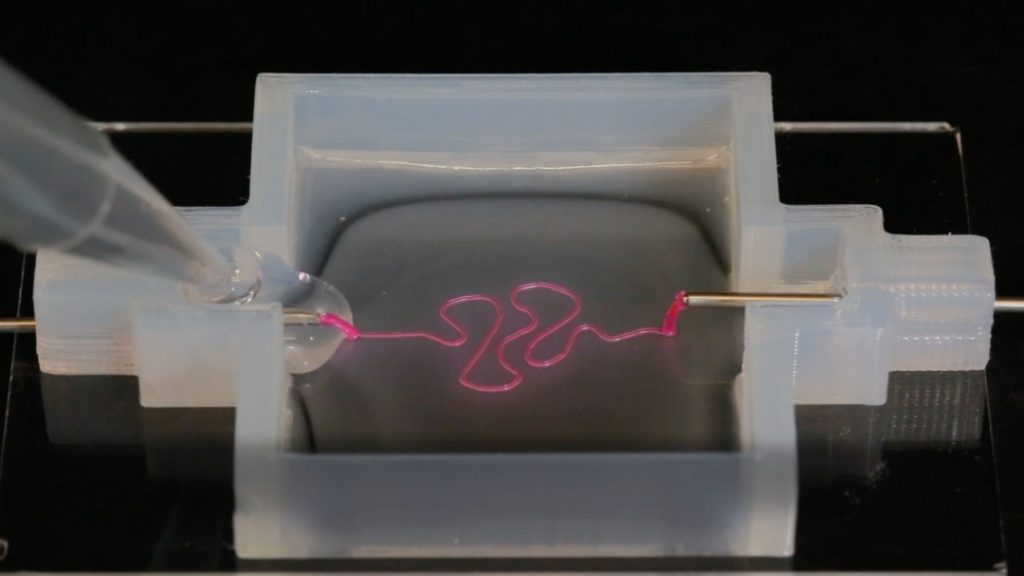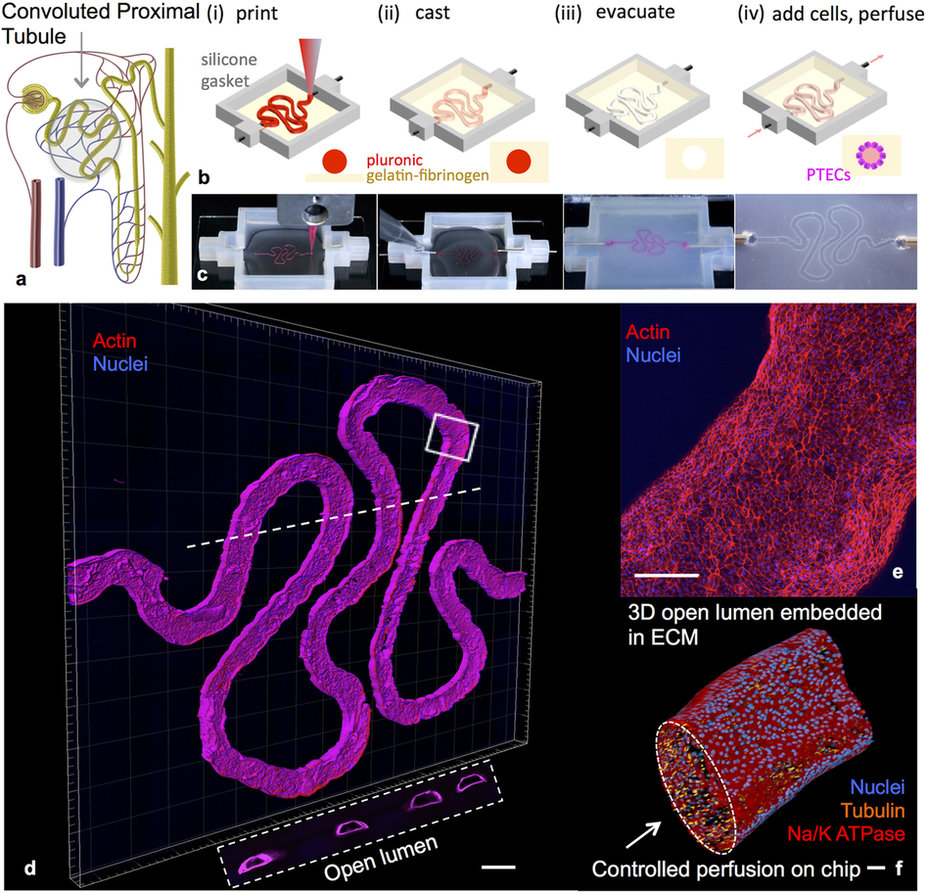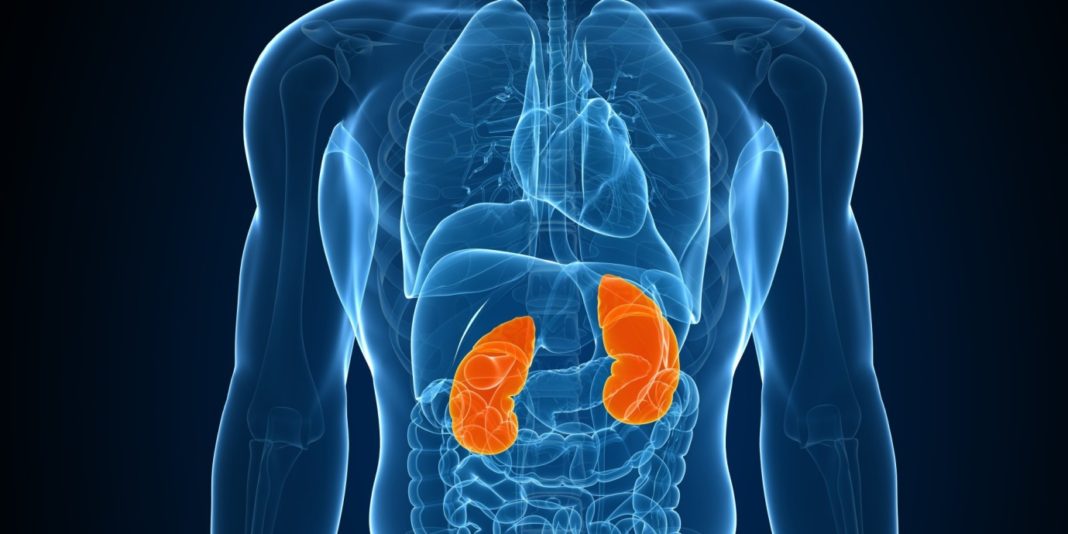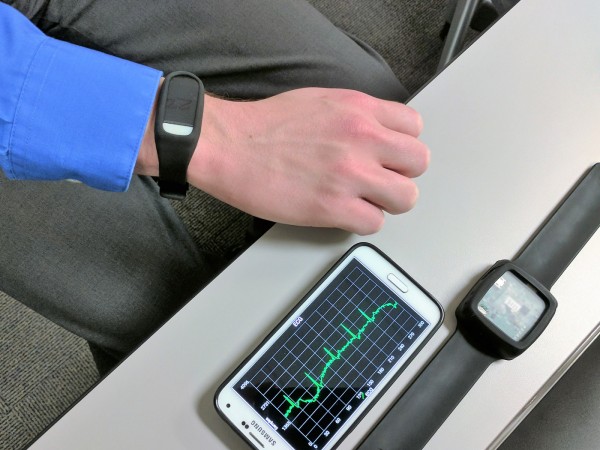3D printing is used in most industries today in one way or another, and now, a variation of 3D printing called bioprinting is being used in a way that could bring us huge benefits. These marvelous breakthroughs include printed synthetic bones, skin, and even the thyroid gland of a mouse. But one part that’s always proved to be a little harder to replicate is the kidneys.
Kidneys are an important part of the body. They are needed for cleaning and filtering blood, and without at least one, you could not function effectively. The kidneys prevent the body from becoming overcome with waste, stabilize our electrolyte levels, and create hormones that produce red blood cells and maintain a healthy blood pressure level.
However, there are as many as ten percents of the global population suffering from chronic kidney disease right now. The cost of treating chronic kidney disease in just the US alone costs about $48 billion per year. Statistics also show that more than 93,000 people in the US are currently on the kidney transport waiting list, with some expected wait times as long as ten years away. While some sufferers undergo dialysis, others simply can not afford it. But even three to ten hours a day of dialysis isn’t nearly as good as what the kidneys can do.


But, it’s not all doom and gloom as some scientists at Harvard’s Jennifer Lewis Lab have just made a very important first step into creating a 3D kidney that has the potential to replace all biological donor kidneys. The team managed to successfully print a layered 3D tissue grid made of gels – one that contained human stem cells and one that becomes a liquid once cooled. Using this method, the researchers created 3D printed tubules that stayed alive for more than two months!
There is still quite a lot of work to be done before they can recreate a fully functional kidney, but it’s one big step closer at least and an exciting breakthrough nonetheless.
More News To Read
- Thermal Imaging Specialists Buys This Little Drone’s Maker for $134 Million
- Google Gets Safety Conscious with New ” Trusted Contacts ” App
- You No Longer Have to Own a Solar Installation to Reap the Benefits of…
- Portable River Turbine Hypes Up the Water Power Rep
- Disease Diagnosing Google’s Deep Learning Technology Have Better Accuracy than Doctors











